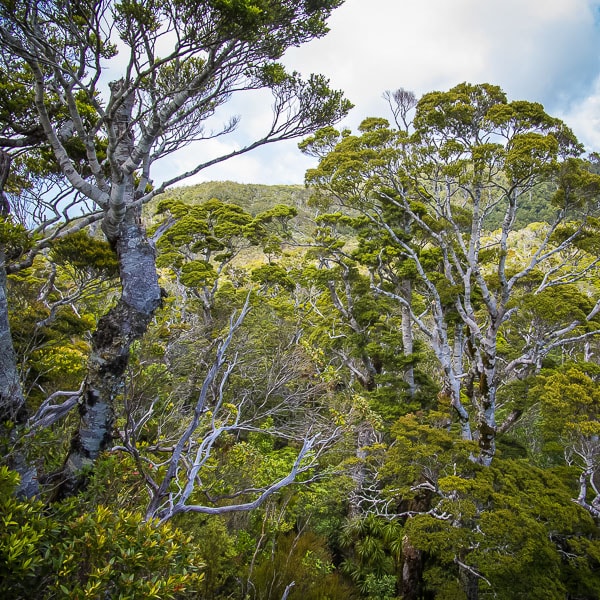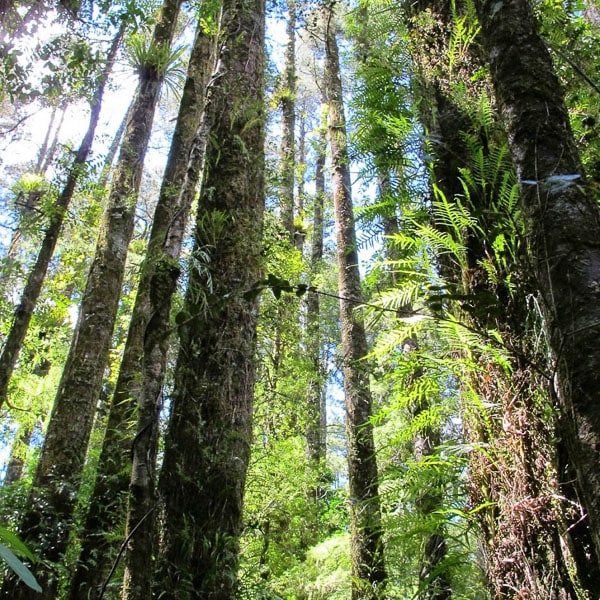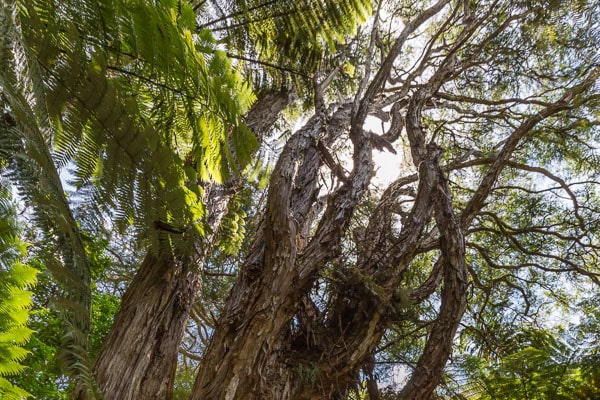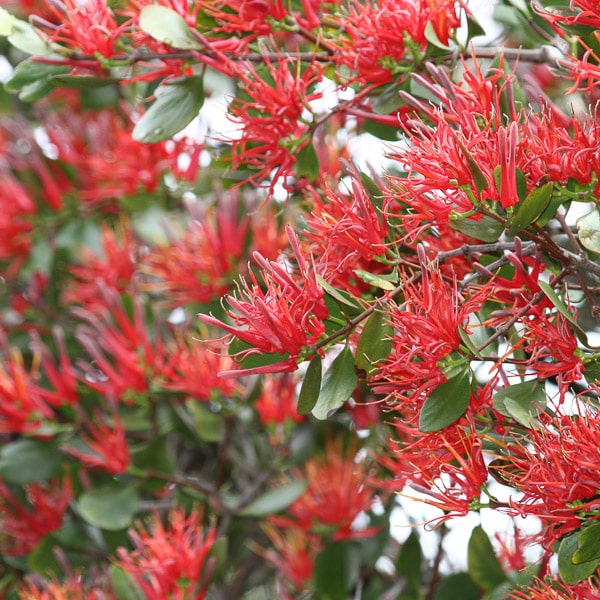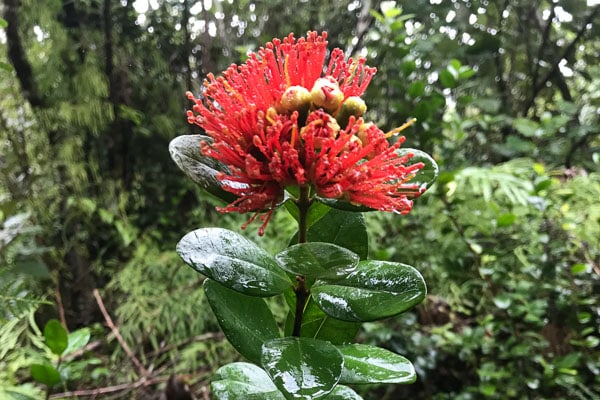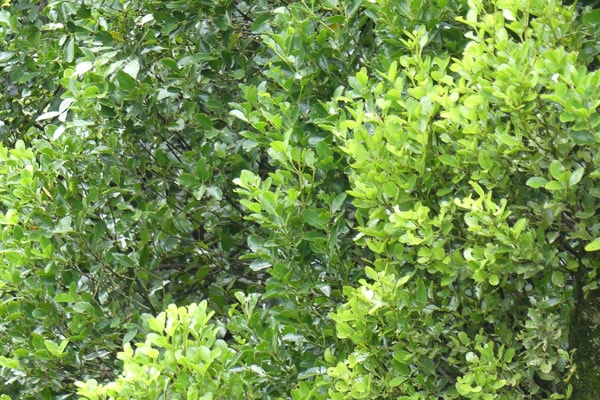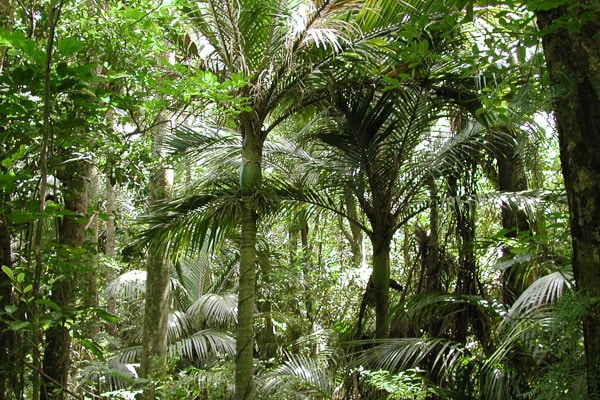
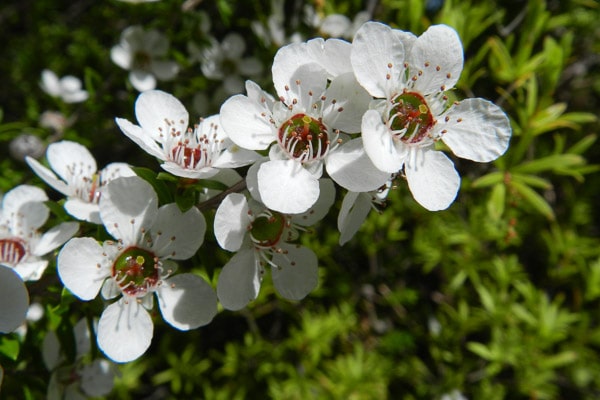
Mānuka
Mānuka is one of the most common plants in New Zealand and often linked as one species with kānuka.
In fact, it is a different genera (Leptospermum and Kunzea, respectively) and usually grow in different habitats. They are similar in being able to regenerate through grassland on lightly grazed hillsides and hence have the reputation as weeds.
Ecologically, however, mānuka is important for early stages in forest regeneration and are very important bird, lizard and insect habitats as well. Because they are aromatic they burn very easily.
Mānuka grows in wet or infertile places, often around estuaries and other wetlands like the Anchorage wetland. The masses of flowers produce a large amount of nectar, and mānuka honey has become famous for its aromatic medicinal qualities.
One of the reasons why mānuka is such an effective coloniser is the vast number of nutlike capsules it produces that open in hot dry conditions (such as when fire is present) to release an enormous number of tiny seeds that scatter widely in the wind.

